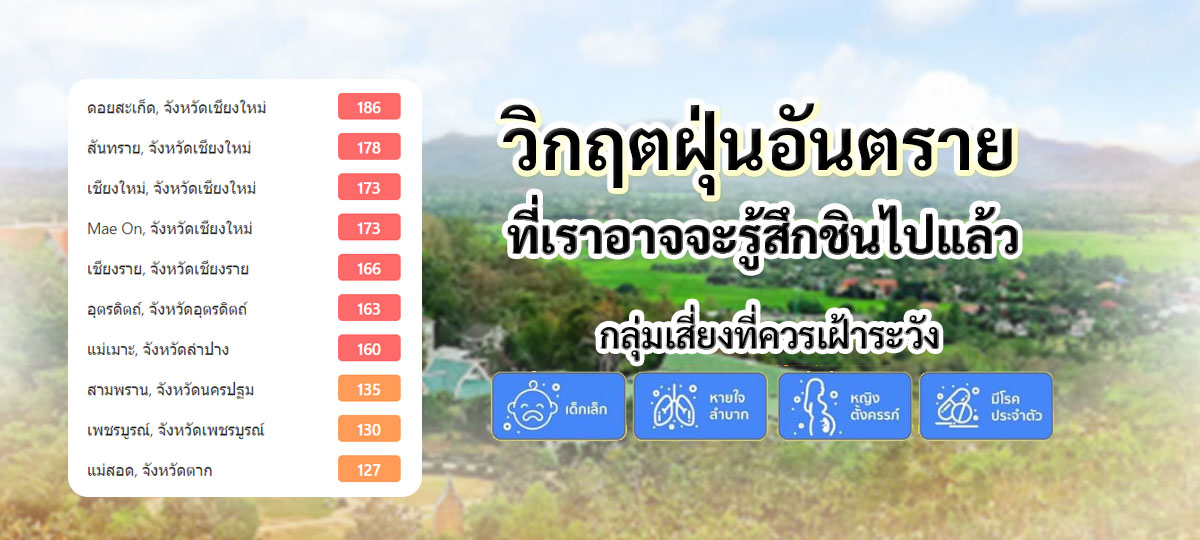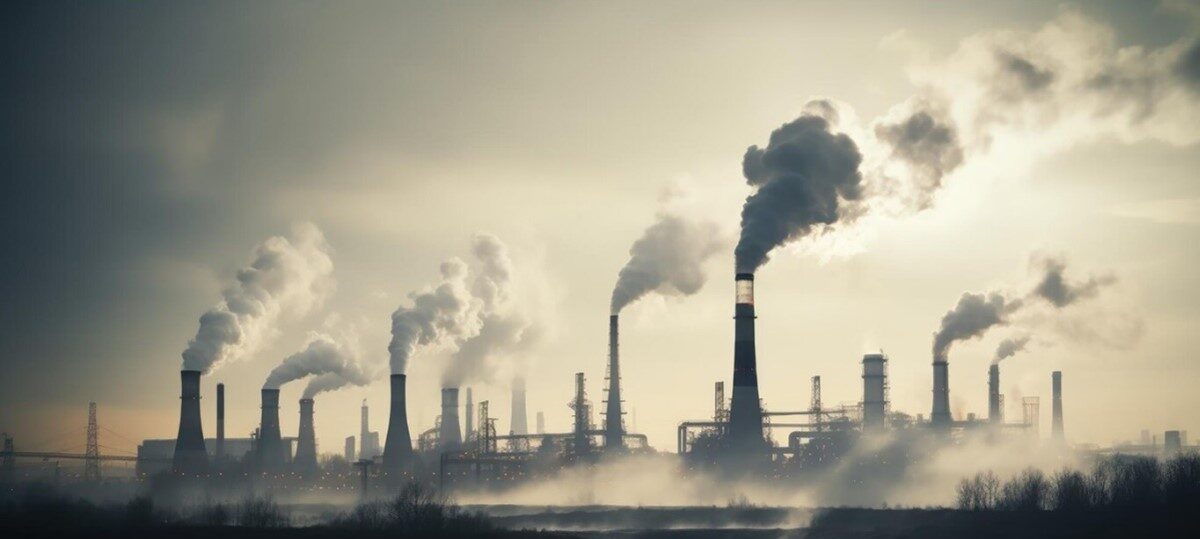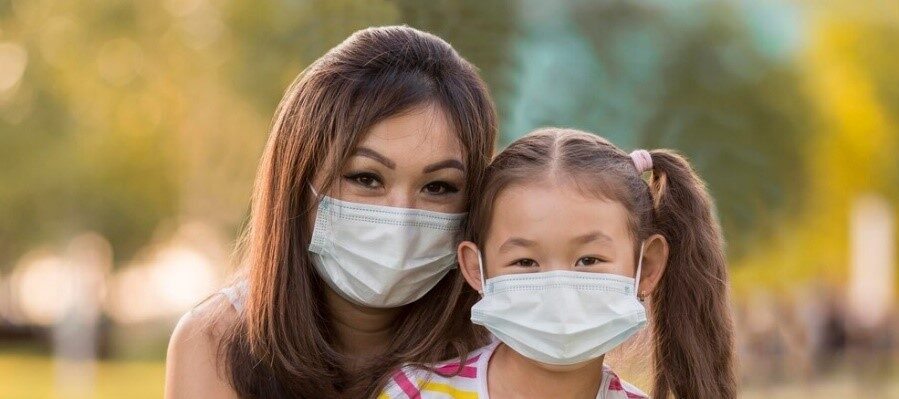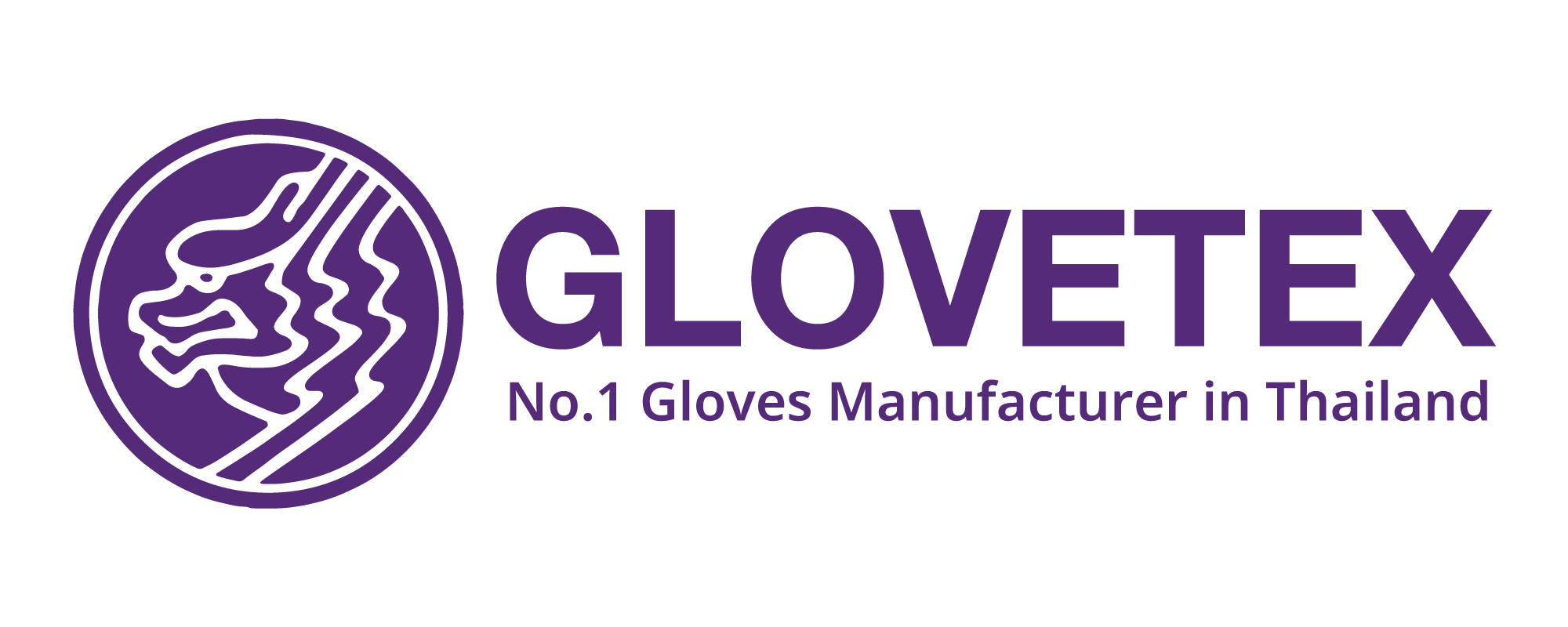The hazardous dust crisis that we might have become accustomed to. | GLOVETEX.COM

The hazardous dust crisis that we might have become accustomed to.
Breathing difficulties, stuffy nose, and persistent coughing - are they caused by PM2.5 dust? Air pollution has become a significant threat to our health. The latest report reveals that several provinces in the northern region have reached red-level PM2.5 pollution, indicating a severe crisis. In this article, we will delve into the dangers of PM2.5, its sources, impacts, and prevention methods.

Hazardous dust can be divided into 2 main types as follows:
- PM2.5 Dust: Dust particles with a size smaller than 2.5 micrometers. It is the most hazardous dust to health as it can enter the body and accumulate in the lungs, affecting the respiratory and cardiovascular systems.
- PM10 Dust: Dust particles with a size smaller than 10 micrometers. It is larger than PM2.5 particles and cannot penetrate as deeply into the body as PM2.5. However, it still affects the respiratory and immune systems.
Natural sources of hazardous dust include:
- Sand dust: Generated by wind erosion, often found in arid areas, construction sites, and mining areas.
- Salt dust: Arises from sea spray, commonly found along coastal areas.
- Forest fire smoke: Emitted from burning forests, typically found in areas where forest fires occur.
Sources created by humans:
- Vehicle emissions Smoke from industrial factories Burning activities Construction Agricultural activities

How does hazardous dust affect our health ?
- Upper respiratory system: Nasal congestion, runny nose, sore throat.
- Lower respiratory system: Coughing, phlegm production, difficulty breathing, wheezing, shortness of breath, chest tightness.
- Circulatory and cardiovascular system: The body needs to increase the respiratory rate due to decreased oxygen exchange, which increases the risk of heart failure.
**High-risk groups include infants, the elderly, individuals with chronic illnesses such as asthma, heart disease, lung disease, and pregnant women.
How can we prevent it ?
- Avoid areas with thick dust.
- Keep doors and windows tightly closed.
- Install air purifiers.
- Monitor the situation of airborne dust.
- Consume anti-oxidant foods.
- Wear standard masks, such as KF94 masks.

Additional articles regarding PM2.5 dust from construction can be found at คลิก Let's work together to protect ourselves from harmful dust for a healthier day. Remember, good health is priceless, but it requires self-care.
information. or request a quotation
Call Center: 034-878762 ext. 3
Or you can follow us at : Click here
Hotline 083 989 7512 (telephone sales department)

